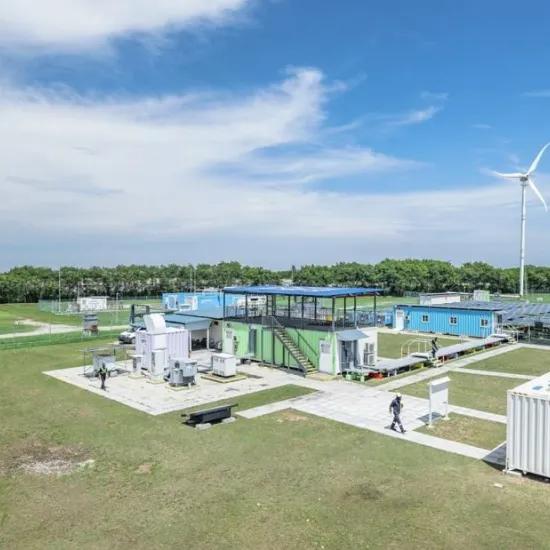Now that more and more electricity is being generated from solar and wind energy, the demand for long-term storage of this energy is also growing. Batteries are a booming business and the technology is evolving rapidly to keep up with demand. One recent innovation is a flow battery based on hydrogen and bromine that can store energy cheaply for a long time and even has the potential to act as a bi-directional power source.
To be able to store energy from solar and wind cheaply and for long periods, the Dutch company Elestor has developed a hydrogen bromide flow battery, which the company now wishes to scale up. The two common, inexpensive chemical elements that underlie the technology make adoption on a global scale possible.
So far, batteries for the grid-scale storage of electricity have mainly used lithium-ion technology. This is, however, not an economically optimal option for meeting future demand for long-term electricity storage. This is needed to make sufficient sustainable electricity available everywhere and at all times and to store the abundant energy from solar farms and wind parks for later use when these would otherwise have to be shut down to avoid overloading the grid.
Flow batteries
Elestor flow batteries have two storage tanks: one for hydrogen and one for bromine and hydrogen bromide. The storage tanks form part of closed circuits that are separated by a membrane. The battery acts as an electrolyser during charging and as a hydrogen bromide fuel cell when discharging. By changing the surface area of the membrane and the volume of the storage tanks, the charge and discharge capacity (in megawatts) and the storage capacity (in megawatt hours) of the battery can be adjusted independently. This ensures a cost-efficient long-term storage system that allows the optimum ratio between power and storage capacity to be set for each application. The systems can be configured to charge or discharge in a cost-efficient way for up to five days in a row.
This combination of active materials even makes it possible to develop a flow battery without a membrane, which has the potential to further reduce complexity and thus costs. This concept is being investigated in a European project in collaboration with several European academic and industrial partners.
Future potential
The technology has since been developed into a saleable product.
This storage technology has a much higher round-trip efficiency (the percentage of the electricity that can later be extracted from the battery) than separate electrolysers and fuel cells: 80 percent against 35 percent (excluding including, e.g., inverter losses). The batteries can also be scaled up cost-effectively. That is why the manufacturer expects that the batteries can be used as bidirectional power plants in the future, replacing fossil power plants.
Because the storage capacity of flow batteries can be very large, the costs are mainly determined by the size of the storage tanks. For this reason, the company is currently working with the Dutch tank terminal operator Vopak to explore the option of linking the system directly to a hydrogen network. This would allow the battery to inject hydrogen into the grid when charging and take exactly the same amount from it when discharging.
Elestor will scale up its production capacity together with help from its strategic partners and 30 million euros from the recent investment round. The plan is to scale up in three stages to reach an annual production capacity of 1 GW by 2025.
Hydrogen - innovative technology in motion
Advanced technology forms the basis for the cost-efficient scaling up of hydrogen towards mass production and for innovations that increase its performance and open up more potential applications. Sirris is looking at the needs of Belgian companies and assessing the potential of recent production technologies and testing options to see where services can support this growth sector.
|







